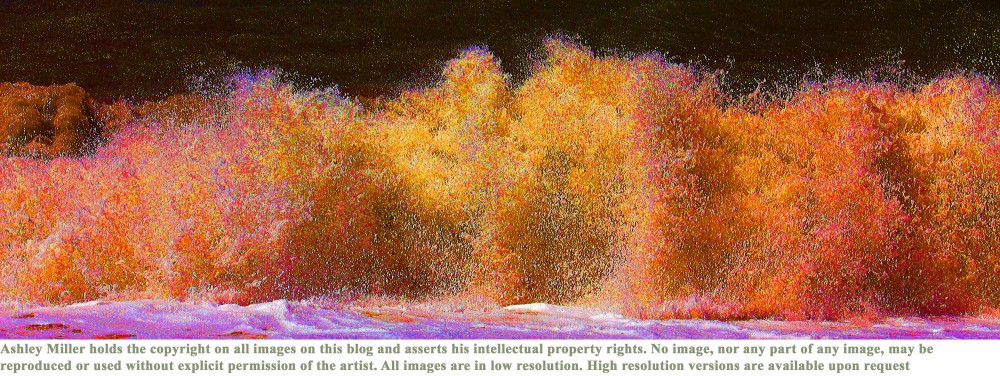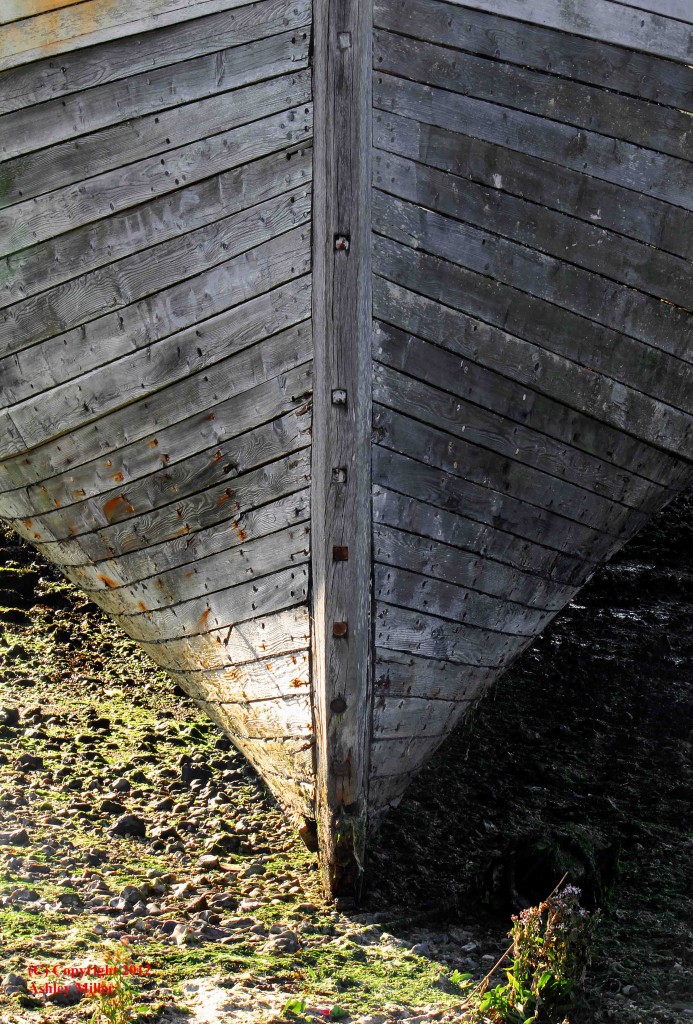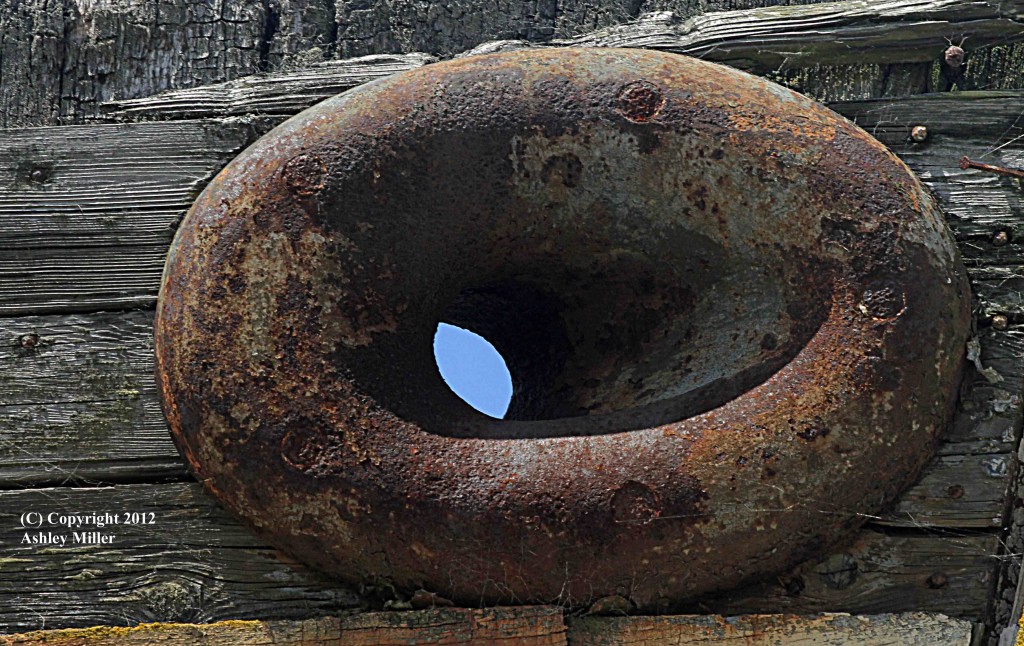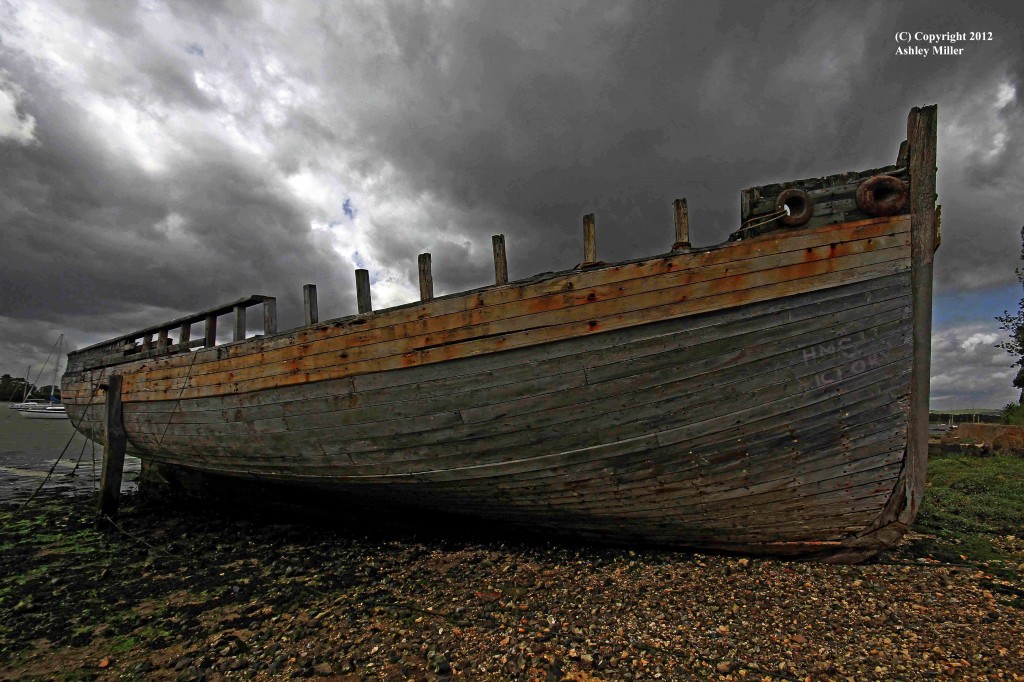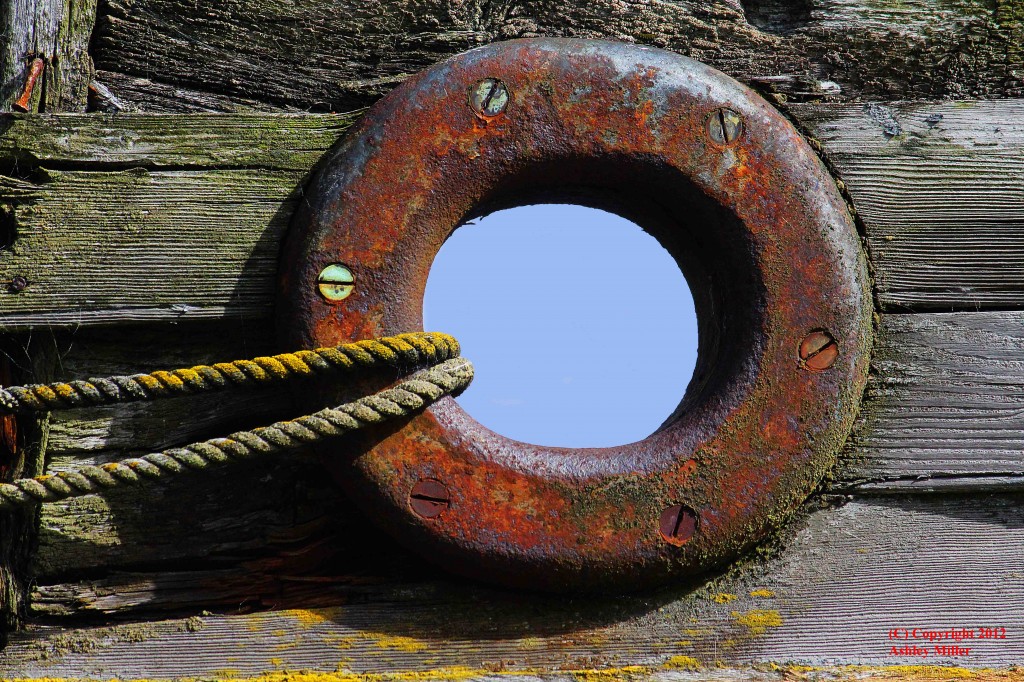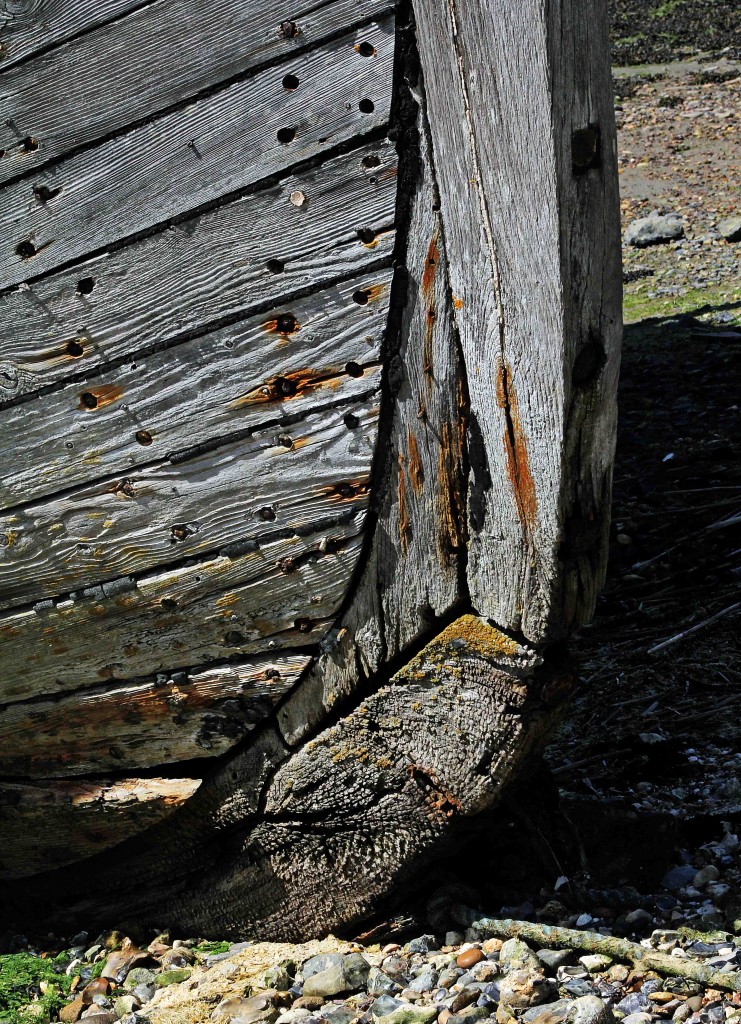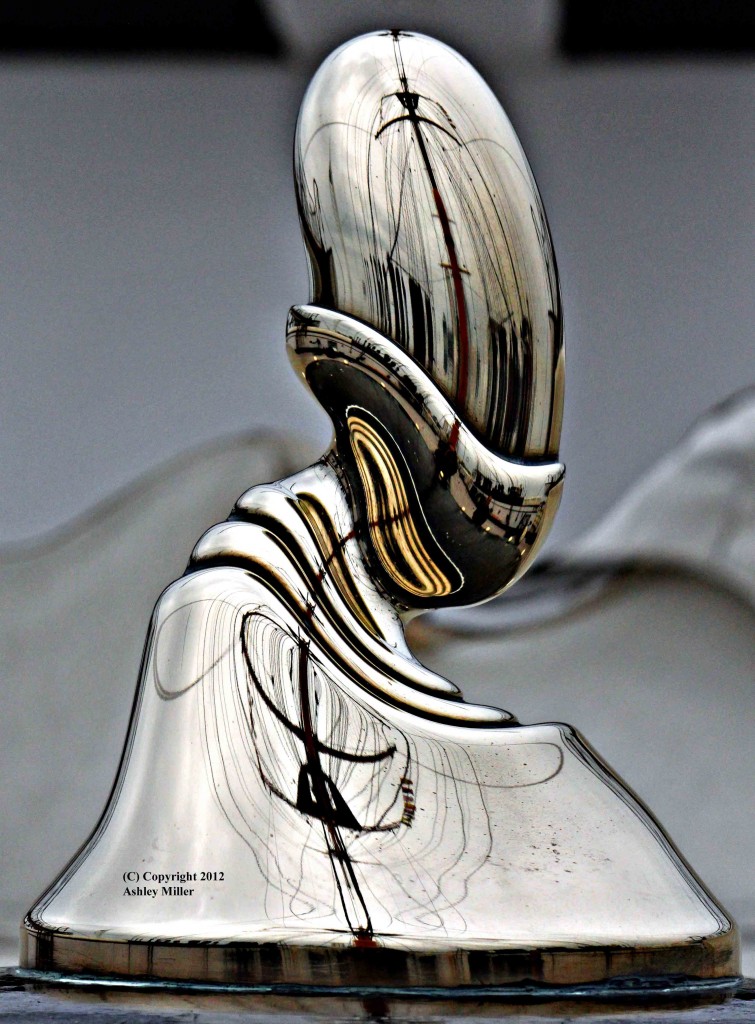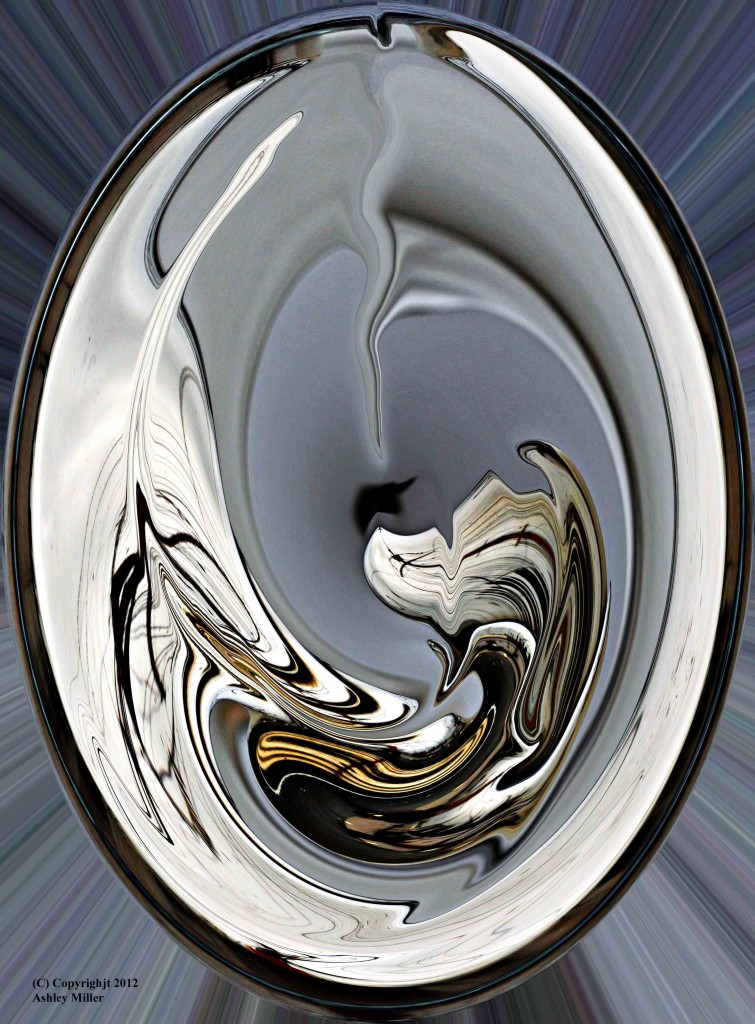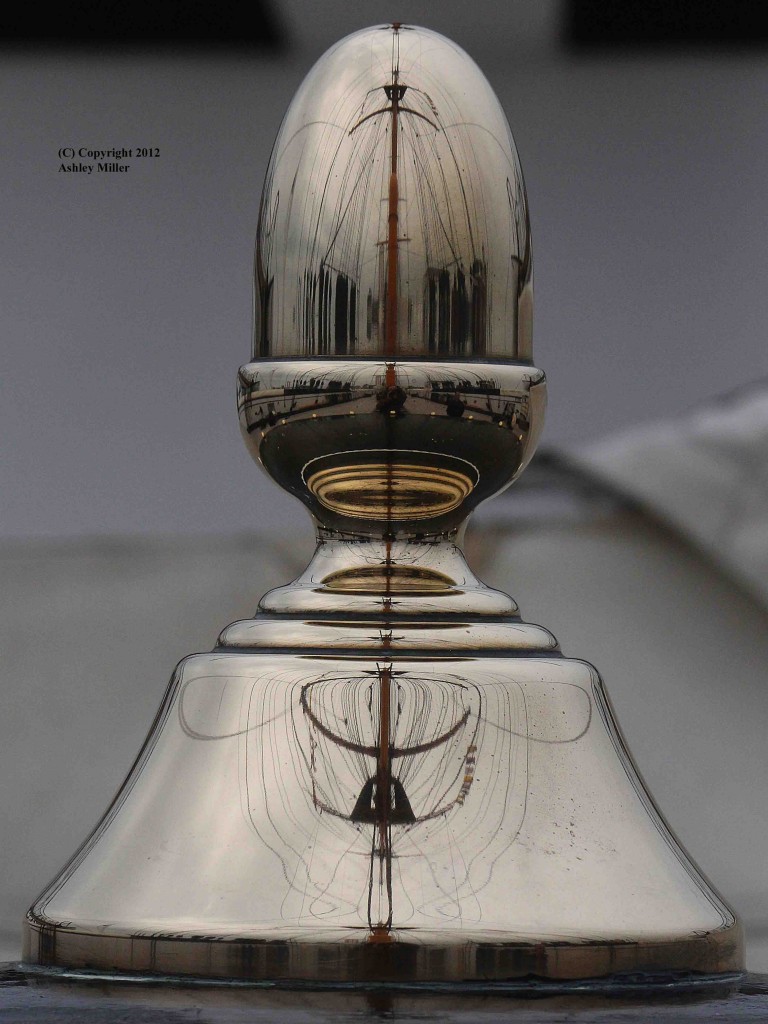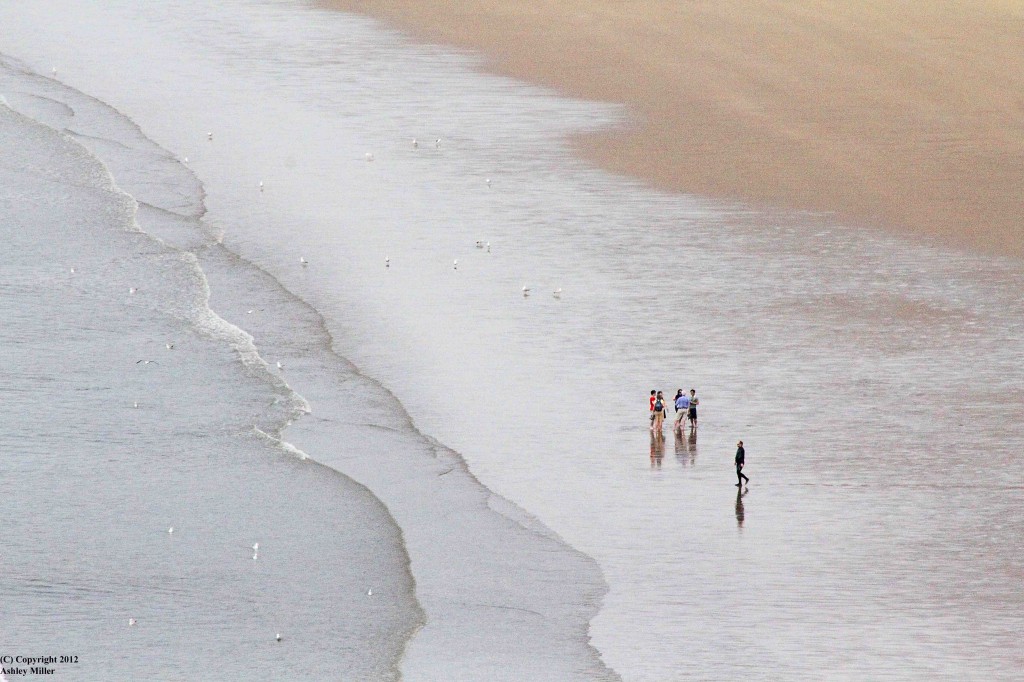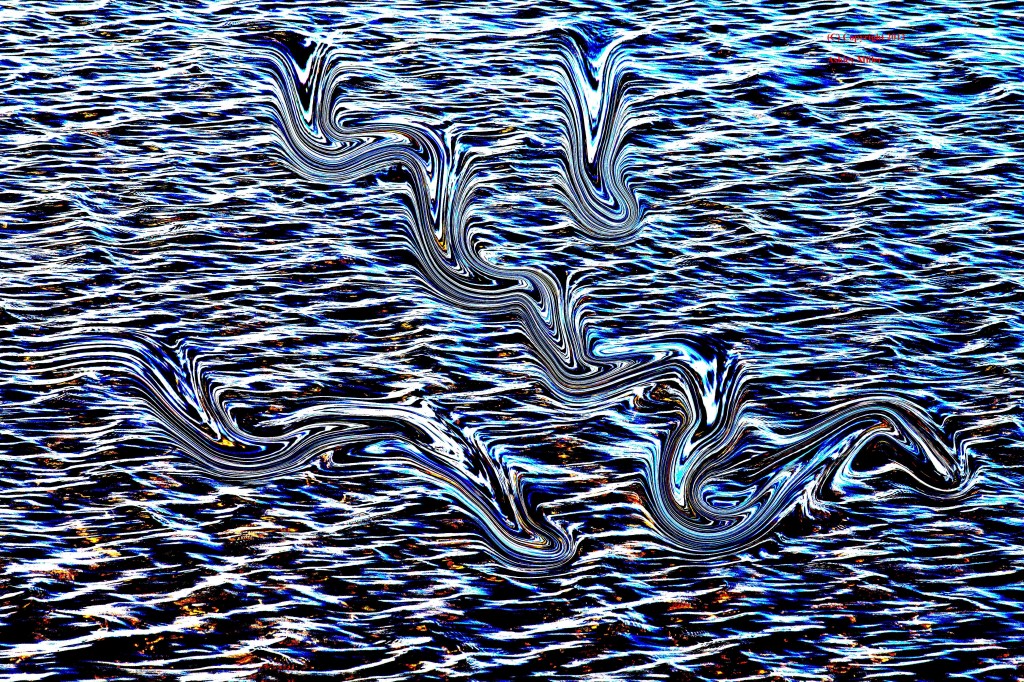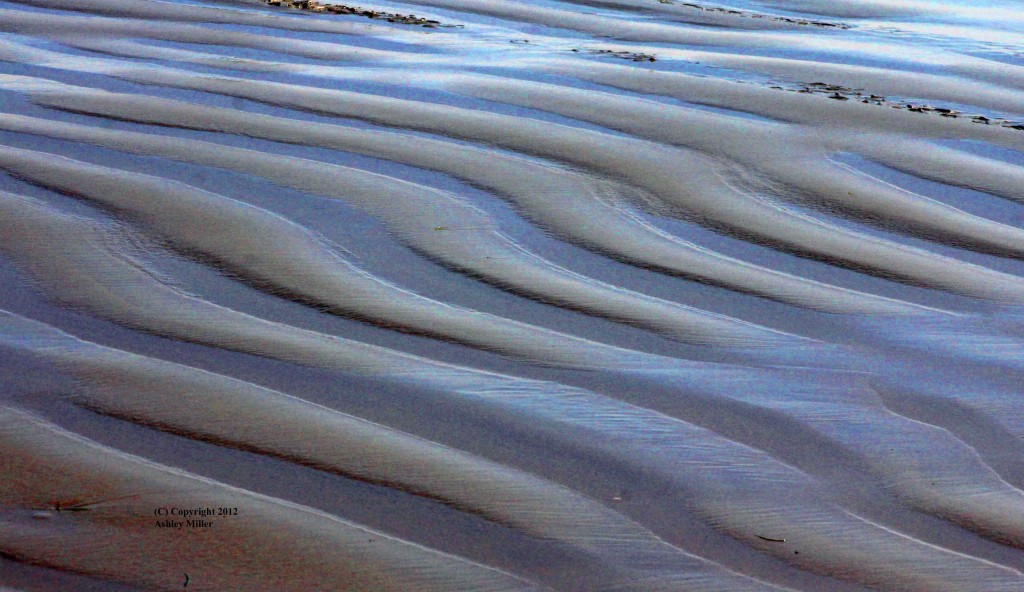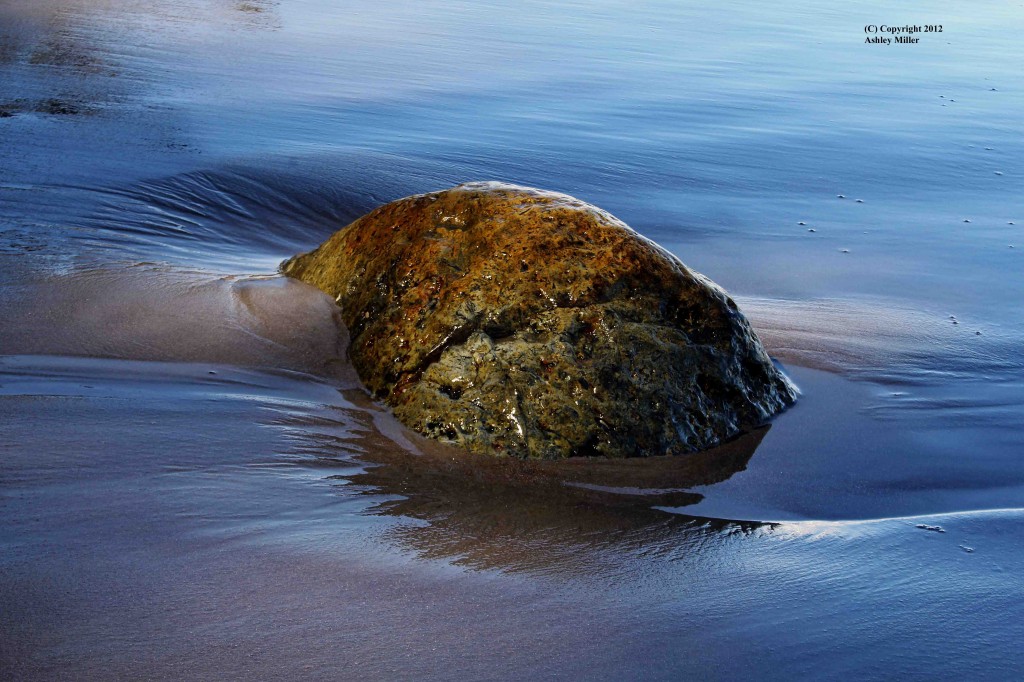I decided to add these immediately after the last post as I wish to complete this theme (for now anyway) and move onto the next. Coming next … I think I will post a few images from Cumbria, Gaia at her finest
Category Archives: Uncategorized
The boat, the whole boat and nothing but the boat
Themes
For a while at least, rather than posting random images that appeal to me, I will post a few on a theme, and then move on to the next theme. So, having started with my favourite rotting hulk (see below) I will post a couple more. The lessons to be learned from this hulk are that one object/view/whatever can provide many images. The hulk has the textures of the wood, the rusty ironwork, the old ropes; all weatherbeaten by wind, rain and waves. All contribute, you just have to look and see the potential and I am sure others will see things in this hulk that I have missed.
HMS Victory
There is an old rotting hulk on one of the inlets of Chichester Harbour. Some scallywag has daubed ‘HMS Victory’ on its bow. I find the textures and patterns (often the case with me) of the weather-beaten and rotting wood intriguing. Equally intriguing is the thought that this was once the centre of many peoples lives, for a while anyway; the people who built it and the people who used it (for leisure or commerce, who knows). It was important to them and now it sits there neglected and rotting; yet there is also a sign on it saying ‘private property. Keep off’. Who knows, maybe someone still loves it; heh, I do too.
Photoshopping
I have been taking photographs for 50 years, but only went digital 5 years ago when planning a holiday to Botswana and realising that the cost of a new digital camera was much less than the cost of buying suitable quantities of 35mm film, then having it processed and printed. Even then it took me some time to realise the potential of the digital leap; firstly not to horde each shot as though eking out my film supply but to buy large memory cards and shoot lots. Then there is Photoshop, and I only started using it this Summer, some self taught, some aided by my daughter. At first it was just a nip and a tuck here and there, then, as I discovered more features, I went berserk … converting to water colours, line drawings, twirling and whirling and waving. Then I calmed down, deciding that many of these features were just gimmicks creating same old same old images; and went back to more advanced nipping and tucking. Then I started to learn a more disciplined approach to the ‘gimmicks’. They really can, when used selectively, create some stunning images. The images in this post were based on the thingummydowhatsit (see previous post). Don’t ask exactly how I did them as I do not know the precise combinations, they were the result of much trial and error experimentation. I like them; I hope you do to.
Self portrait
Well I said that most of my images are from the natural world but most does not have to mean all. I have no idea what this thing is called, it’s from a 19th century warship, so I will call it a thingummydowhatsit. I just enjoyed the shape, the reflections and the warmth of the brass. Very little photoshopping required. The original was taken with my usual Canon 60D, 55-250 and a wide aperture to blur the background. And somewhere in there is me, I mean an actual reflection of me not just the input of me the artist.
Rhossili
Now I am a person who owns more cameras than is possibly humanly decent. 14 at last count; but only 3 in active use; I just cannot bear to part with old friends. And my newest friend is a Canon 60D; usually to be found with a 55-250 IS zoom on, though from time to time a 10-20. And my standard setup is to shoot 3 bracketed shots, +2/3,-1/3,-1.3. Which is fine except when shooting fast changing subjects such as waves, when I switch to continuous shooting, try a few trial shots to get the aperture right, and then just let it rip. But back to the standard … and it is usually the underexposed shots that appeal to me; strong contrasts, strong colours (just call me Mr Kodachrome). Then one day I was at Rhossili (S Wales) and overlooking the bay. And somehow it was the overexposed shots that appealed, giving an ethereal lightness to the patterns of the long waves, the sand and the groups of people. This image is one of many from that day; and there is that added intriguing question of the man in black, fully clothed, shoes, and walking purposefully into the sea. Shades of the Rise and Fall of Reggie Perrin (the original with Leonard Rossiter is my preference). Oh and it was taken with an old 70-350 (from my 35mm days). And the lesson; the usual isn’t always right.
Telling stories
Life should be about change and learning and growth. About two years ago I went to Australia for the first time; the driver was spending time with some old friends, the icing was to be seeing something of a new continent. It was a time when my tastes were shifting, discovering what I liked rather than what others expected me to like. Part of this was a change in my tastes in art, moving from water colours and prints to seeking something more vibrant. That was a life enhancing trip in so many aspects and with the encouragement of those I met, together with that of my kids, I began to take a lifelong hobby more seriously, and to look for and notice the textures and patterns in nature; something that I had occasionally captured and only occasionally observed. And I found a new continent with different colours and textures and patterns to anything I had seen before. And I got to see aboriginal Australian art … they prefer to be described as aboriginal Australians or indigenous Australians, not aborigines, and after 60000 years I think they have earned that right. Their painting evolved as a way of teaching each generation, originally on rock surfaces or in the sand and only recently transferred to canvas. And their paintings tell their stories, of themselves, of their landscapes, of ancestor creator beings from the dreamtime; of how their world came to be, of their place in it. I looked in amazement on the patterns and colours and power of their art. I discovered that pushing the colour Plus occasionally a few other tricks, in PSE, of the more purely textural/pattern images gave a similar feel. Obviously it does not tell stories in the same way, yet this blog tells fragments of my story and my art; and Australia and aboriginal art are part of my story. This is one example. It started as a photo of ripples on a mountain lake. There will, from time to time, be others.
Wet knees
As I have noted earlier a beach changes at every tide. The patterns and shapes, combined with the light will never be the same from one day to the next. The variation is fascinating; Gaia never wears the same dress and make-up twice and it all provides material for the image maker. What we have to do is observe and think. This was taken at low tide towards the end of the day (when the light is always more interesting) using a a mid-range telephoton (50-250), small aperture, and crouching down into the wet sand; sometimes you have to get wet knees to get the angle right. Hope you enjoy.
Never forget a spare memory card (or roll of film)
I have recently been to a few meetings of a camera club. And me being me have already managed to have arguments over whether one should take a few carefully selected shots, getting it right in the camera first time, or blast away, trying slightly different angles, exposure bracketing, shutter speeds, apertures, plate sensitivity, framing etc and then adjust, or even push to extremes, in PSE. No surprises, I, after some time getting used to the whole concept of digital photography (digital camera, digital storage, digital manipulation) am in the latter camp. And yes I used 35mm film for many (30+) years (and 127 and 120 … still have a 120) where each shot had to be carefully considered in order to make use of your limited film stocks (for any one outing); but now I believe in playing to the strengths of the equipment I use, including my brain/eye, and like my brain/eye take huge numbers of shots; and then review them and create images from the best of them. And even then I get caught out sometimes. This image started life on a beach near Hobart. It is a lovely place and when the fine sand is wet it has an extraordinary ability to reflect the colours of the sky; so yes, it really was this colour; it was towards the end of the day. And I love the textures and shapes in the wet sand, and the vibrant colour of the rock … but I had forgotten to take a spare memory card with me and the card was almost out of space (and full of prized photos) so I only took 2 of this rock. Dumbo Ashley. Then when I went back some 8 months later, hoping to take more, the rock was gone; time, tide and waves had moved it. So remember, beaches change with every tide, take a spare memory card, and be willing to experiment.
